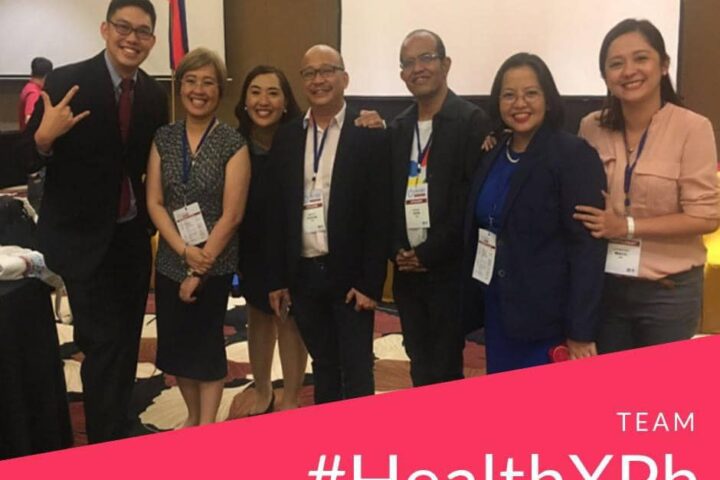Castells broadly defined digital divide as “the inequality of access to the internet”. Scholman defined digital divide as “the gulf between those who have ready access to current digital technology and those who do not”. This definition included the consequential “social or educational inequality” that comes with this gap.
An approximate measure of determining the extent of “digital divide” in a country is the NRI ranking.
“The NRI is part of the World Economic Forum’s Global Information Technology Report 2015: ICTs for Inclusive Growth. The NRI identifies the capacity of countries to leverage Information and Communication Technologies (ICTs), by assessing the overall political and business environment, the level of ICT readiness and usage among the population, businesses and government, as well as the overall impacts of ICTs on the economy and society at large.”
The Philippines ranked 77th, in the most recent, 2016 Global Information Technology Report by World Economic Forum. That’s a notch down from our previous 76th ranking. Detailed results and subcategory analysis of this NRI ranking can be found in this site. We scored worst in infrastructure but other indices are no better. This, despite the country being tagged as the sms and social media capital of the world. Around 87% of our adult population spends average of six hours on the internet per day. Our internet and mobile population penetration is increasing also. So while, infrastructure (physical access, internet speed and portals) seem to be the biggest obstacle up front, it cannot account for the digital divide occurring in sectors where physical access is not the biggest concern.
Health implications:
While the greater portion of our general population is consequently denied physical access to internet because of poor hardware and network infrastructure, this is may not be true for the healthcare industry’s professionals such as doctors or nurses. Many healthcare professionals already have material and physical access to the internet. The recent Digital Asia report also showed many patients are are going to the internet for information regarding their health issues. Health information is increasingly made available over the internet . Healthcare professionals need more and more sophisticated skills to use electronic resources in improving healthcare services. This, despite the rising cost of accessing copyrighted, medical journals. This complicates the issue and resolution of digital divide. It places tension on patient- doctor relationships or collegial collaborations when either of the party belong to the opposing fences in this digital divide.
T1. Is there a digital divide within the healthcare sector? Please elaborate on your answer.
Scholman further subdivided digital divide in to mini gaps namely technological, content, gender and commercial divide. These mini gaps form many of the basis for surveys of the occurrence of digital divide among population. While this gives us an idea of how we fare in terms of our digital literacy with that of other countries, it does not account many other factors that contribute to digital divide other than infrastructure or physical access, like in healthcare.
Scholman’s mini digital divides are often good when identifying or characterising gaps. I find Jan van Djik’s relational views of digital divide relevant when looking for strategic solutions. Jan van Djik’s proposes a relational framework for understanding digital divide and coined a cumulative, recursive model and successive kinds of access to digital technologies. (See figure 1) .

When a sector of society went pass the motivational and material access problem, they are still faced with another level of obstacle to hurdle the “digital divide” -namely skills and then usage access.
T2. What’s most salient reason or contributor to this digital divide in the healthcare industry?
In my opinion, this is what the health sector (the academe to be specific) should deal with to narrow that gap or digital divide in healthcare.
T3. What do you think is the best solution to this type of digital gap in the health sector?
This is the main topic for our discussion this Saturday July 7, 2018 9:00PM Manila time. Here are our guide questions:
In your experience as a healthcare professional:
- T1. Is there a digital divide within the healthcare sector? Please elaborate on your answer.
- T2. What’s most salient reason to this digital divide in the healthcare sector?
- T3. What do you think is the best solution to this type of digital gap in the health sector?
Closing Thoughts:
Digital literacy and digital scholarship has been put forward by many strategist as a way to narrow this gap in medicine. As a healthcare professional, what do you think could be your biggest contribution to advocating or promoting digital literacy or scholarship in the field of medicine?
References:
Castells, Manuel 2001 The Internet Galaxy: Reflections on the Internet, Business, and Society. New York: Oxford Univesity Press.
Schloman, B. (May 7, 2004). Information Resources Column: “The Digital Divide: How Wide and How Deep?” Online Journal of Issues in Nursing. Available: http://ojin.nursingworld.org/MainMenuCategories/ANAMarketplace/ANAPeriodicals/OJIN/Columns/InformationResources/TheDigitalDivideHowWideandHowDeep.html
van Dijk, J. A. (2005). A framework for understanding the digital divide. In The deepening divide: Inequality in the information society (pp. 9-26). Thousand Oaks, CA: SAGE Publications, Inc. doi: 10.4135/9781452229812.n2
World Economic Forum (2016). Global Information Technology Report 2016. Retrieved from http://reports.weforum.org/global-information-technology-report-2015/economies/#economy=PHL
Department of information and communications Technology (June 6, 2016).Department of ICT Law takes effect today. Retrieved from http://dict.gov.ph/department-of-ict-law-takes-effect-today/













